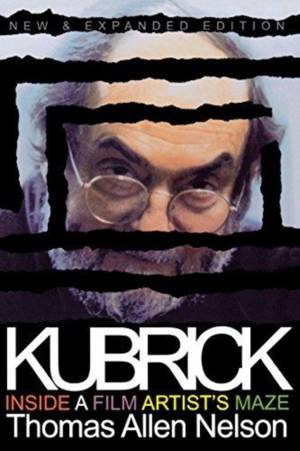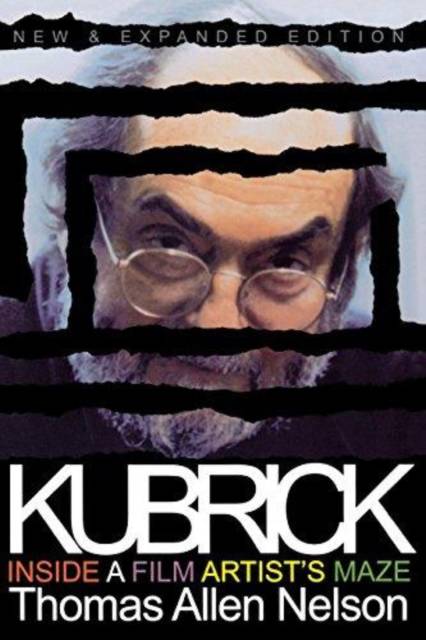
- Retrait gratuit dans votre magasin Club
- 7.000.000 titres dans notre catalogue
- Payer en toute sécurité
- Toujours un magasin près de chez vous
- Retrait gratuit dans votre magasin Club
- 7.000.0000 titres dans notre catalogue
- Payer en toute sécurité
- Toujours un magasin près de chez vous
Kubrick, New and Expanded Edition
Inside a Film Artist's Maze
Thomas Allen NelsonDescription
Stanley Kubrick ranks among the most important American film makers of his generation, but his work is often misunderstood because it is widely diverse in subject matter and seems to lack thematic and tonal consistency. Thomas Nelson's perceptive and comprehensive study of Kubrick rescues him from the hostility of auteurist critics and discovers the roots of a Kubrickian aesthetic, which Nelson defines as the "aesthetics of contingency."
After analyzing how this aesthetic develops and manifests itself in the early works, Nelson devotes individual chapters to Lolita, Dr. Stangelove, 2001: A Space Odyssey, A Clockwork Orange, Barry Lyndon, and The Shining.
For this expanded edition, Nelson has added chapters on Full Metal Jacket and Eyes Wide Shut, and, in the wake of the director's death, reconsidered his body of work as a whole. By placing Kubrick in a historical and theoretical context, this study is a reliable guide into--and out of--Stanley Kubrick's cinematic maze.
Spécifications
Parties prenantes
- Auteur(s) :
- Editeur:
Contenu
- Nombre de pages :
- 352
- Langue:
- Anglais
Caractéristiques
- EAN:
- 9780253213907
- Date de parution :
- 22-06-00
- Format:
- Livre broché
- Format numérique:
- Trade paperback (VS)
- Dimensions :
- 155 mm x 231 mm
- Poids :
- 498 g

Les avis
Nous publions uniquement les avis qui respectent les conditions requises. Consultez nos conditions pour les avis.






